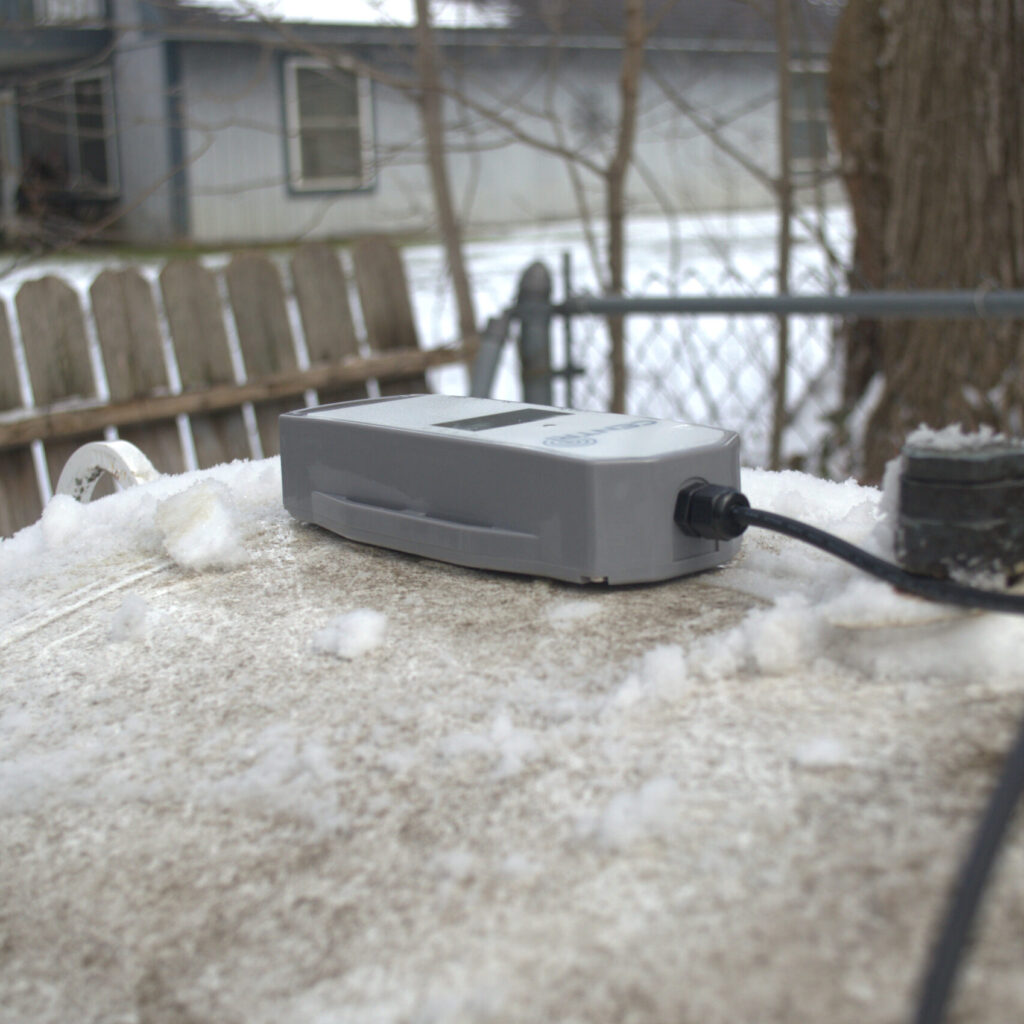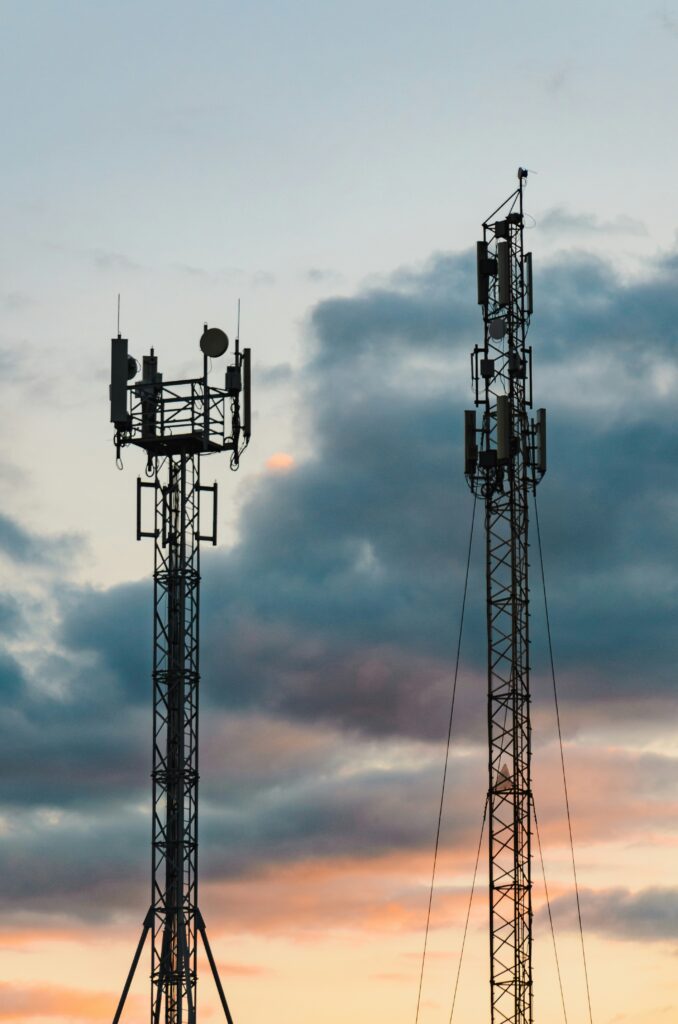Why Cellular is Better than WiFi and Bluetooth for IoT Devices
The IoT space has been dominated by WiFi and Bluetooth-related products. However, these technologies often come with significant drawbacks that hinder their effectiveness and user experience. Let’s explore why cellular connectivity, such as that used in Centri’s propane tank monitor, offers a superior solution.
Common Issues with WiFi and Bluetooth
Many IoT devices rely on WiFi or Bluetooth for connectivity, but these methods are fraught with challenges:
- Configuration Hassles: Users frequently encounter issues like “Add your WiFi Password,” “Waiting to find Bluetooth device,” or “Pair Bluetooth device.” These setup steps can be cumbersome and frustrating, often leading to multiple support requests that may not get timely responses from the companies. For example, WiFi networks often require entering passwords and configuring network settings, which can be especially difficult for non-technical users.
- Range Limitations: WiFi and Bluetooth have limited ranges. Propane tanks are often located 20+ yards (60+ feet) away from the home, which can exceed the effective range of a home WiFi router or Bluetooth connection. This necessitates the additional purchase of signal extenders, adding to the overall cost and complexity. Moreover, Bluetooth typically supports shorter ranges (up to about 100 meters in optimal conditions), making it less suitable for large properties.


